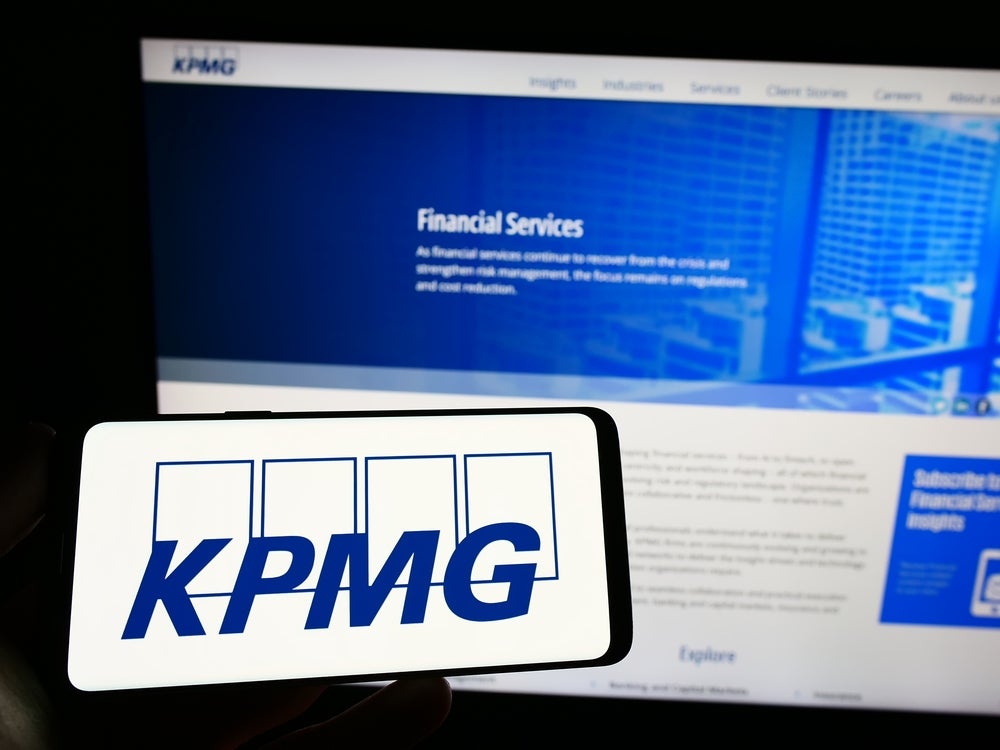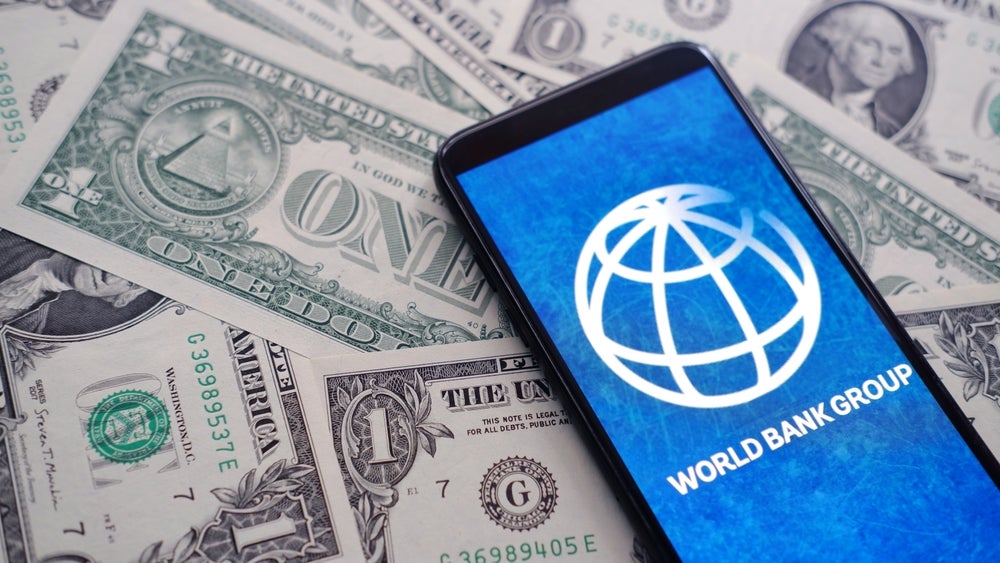VRL ROUND TABLE
Back in 2007, as mobile banking began to take off, the functions
on offer were limited: balance inquiry, transaction history, and
ATM/branch location.
 Fast forward three years and
Fast forward three years and
m-banking offers a number of functionality advances:
person-to-person (P2P) payments have boosted funds transfer
capabilities; remote cheque deposit and contactless/NFC payments
have also been developed and served to grow the popularity of the
mobile channel.
The rise of mobile banking has also
afforded lenders a new way of lowering bank channel costs, as well
as offering scope to increase customer acquisition and strengthen
customer loyalty.
The past three years has also
witnessed an evolution in the three main mobile technologies (SMS,
mobile web, and mobile app). Initially, the majority of lenders
tended to consider the three services as being mutually exclusive
but in time, lenders have viewed them as all being necessary to
form a comprehensive service.
The popularity of the app, in
particular, has been transformed by the soaring popularity of
Apple’s
iPhone, and more recently, by strong growth in sales of Android
platform handsets. The increased availability of smartphones
offering user friendly applications, is expected to help mobile
transactions double in value to $200bn globally by 2012.
How well do you really know your competitors?
Access the most comprehensive Company Profiles on the market, powered by GlobalData. Save hours of research. Gain competitive edge.

Thank you!
Your download email will arrive shortly
Not ready to buy yet? Download a free sample
We are confident about the unique quality of our Company Profiles. However, we want you to make the most beneficial decision for your business, so we offer a free sample that you can download by submitting the below form
By GlobalDataBanks, or at least the more
m-banking savvy lenders, lost little time in recognising that the
owners of smart phones were more likely to adopt mobile banking
services than owners of entry level handsets.
Bank of America, which offers the
three main mobile technologies, has reported that 43% of its mobile
banking customers use the iPhone or the iPod Touch.
Looking further ahead, the analysts
Celent has forecast that US mobile banking numbers will soar from
an estimated 18m in 2010 to 77.3m by 2013 (see chart,
above).
Despite this generally positive
backdrop, many lenders remain skeptical about the mobile channel
and question if consumer adoption rates have yet met initial
forecasts.
Critics also tend to ask if it will
ever be possible for lenders to make a return on m-banking
investment, while others ask if there is a ‘killer’ feature which
will drive further growth of the channel.
One segment often overlooked by
banks looking to grow m-banking usage, is to target non-internet
banking consumers, most of whom already own a mobile phone. Royal
Bank of Scotland recognised they could benefit from such an
approach in the UK, when it launched its iPhone app; in the US,
Wells Fargo and Keybank have done likewise.
A joint report from VeriSign,
Fiserv and M-Com estimated that there are as many as 55m non-online
banking households in the US; similar metrics exist in other mature
banking markets in the West.
Banks can also look to up their
game in terms of behavioural-based cross-sell/up-sell. Examples
include linking marketing activity to mobile phone use, so
customers who tend to check their available balance prior to making
a purchase, could be offered overdraft protection via the mobile
channel.
Other areas where banks can do more is getting the message over
to customers that mobile banking is safe for typical
consumer-oriented applications and that security considerations
ought not to act as a brake on m-banking growth.
Editor, Retail Banker
International
See articles:
M-banking:
from new wave to mainstream
How to achieve compelling ROI from mobile
financial services






